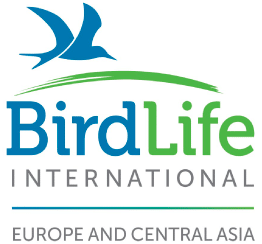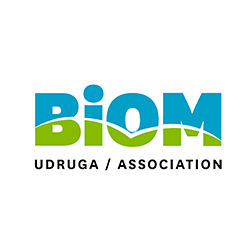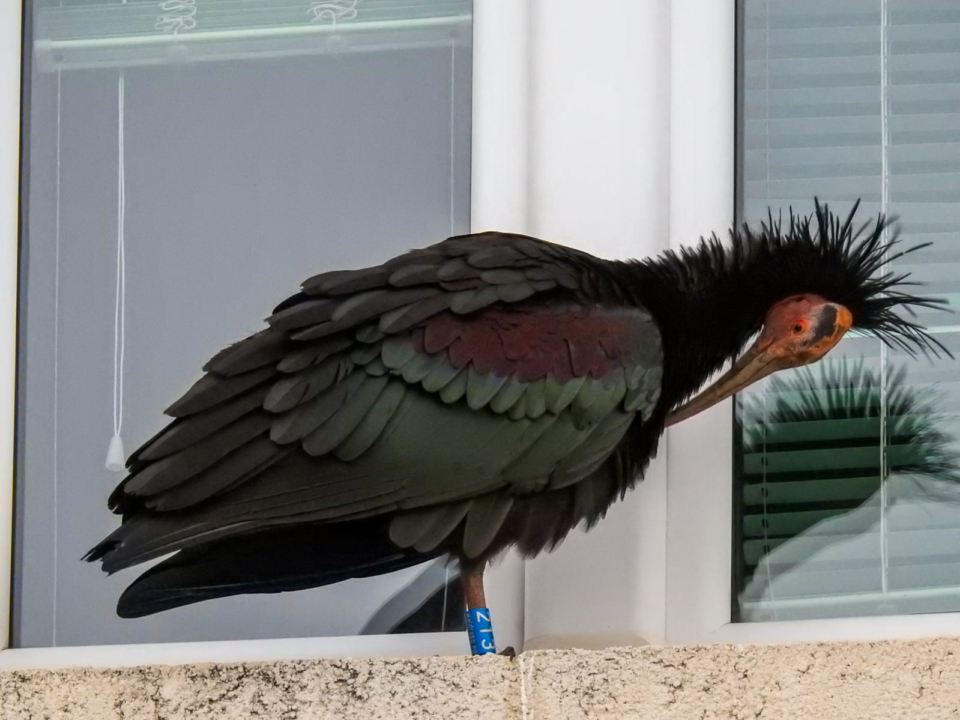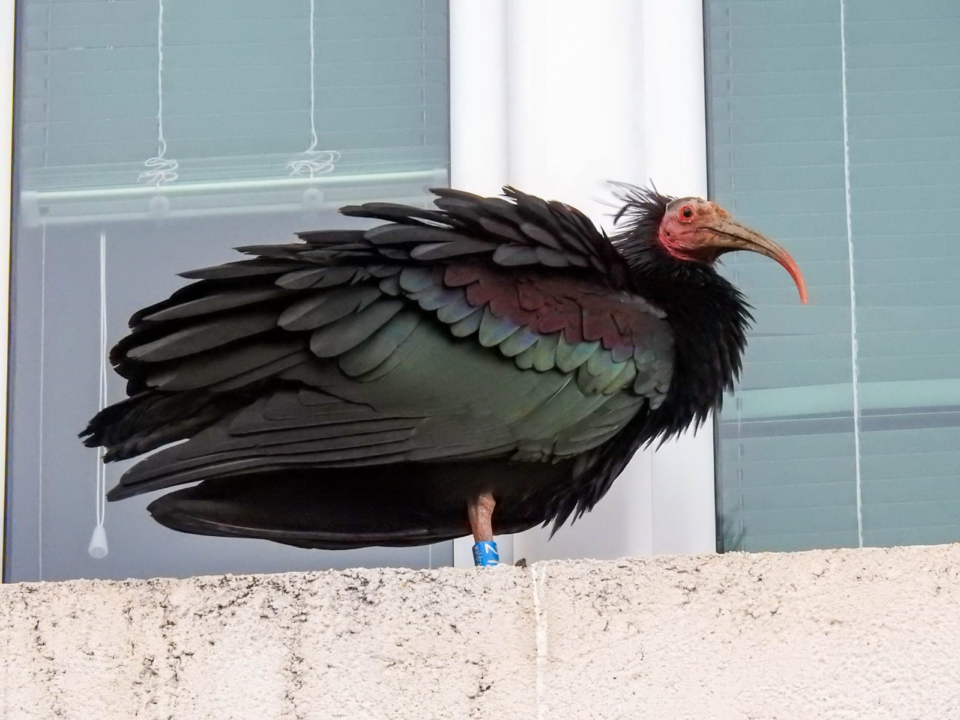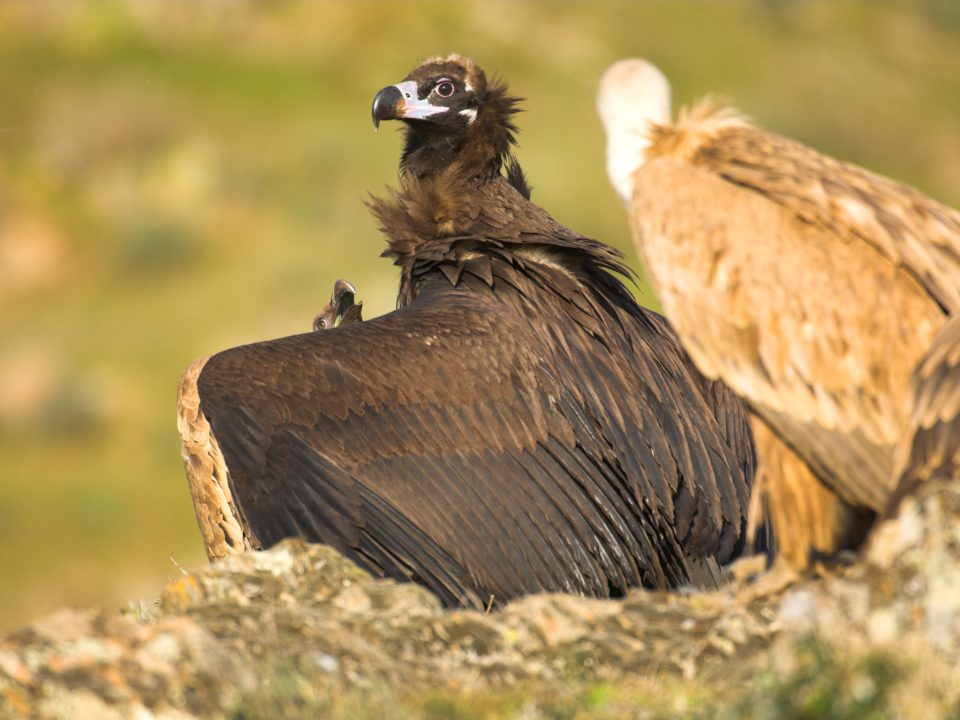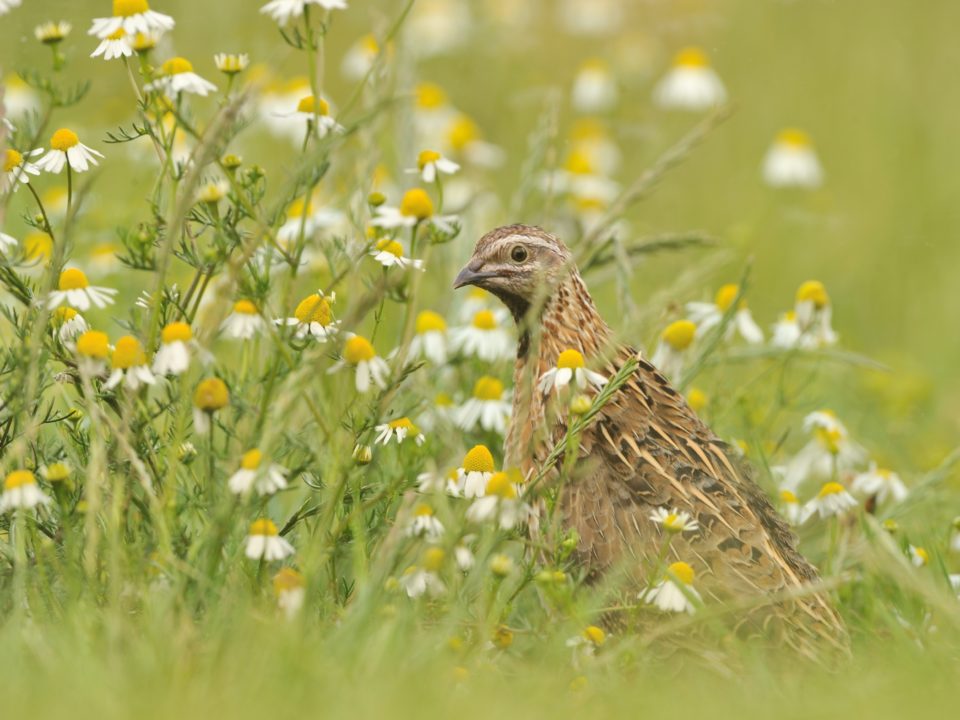Croatia
Climate: Continental, Mediterranean
Habitats: Mountains, Plains, Sea
At the crossroads of Central and Southeast Europe on the Adriatic Sea, Croatia’s breathtaking landscapes and cultural heritage make it a highly attractive touristic destination. On the other side of the postcard, however, the illegal killing of birds is a deadly reality. Popular holiday destinations – such as Zadar, Neretva Delta or the South Dalmatian Islands – are also notorious poaching hotspots.
In Croatia, more than 500,000 birds are poached each year.
That’s eleven birds killed for every 100 people living in the country1. Of the 285 species of birds commonly found in Croatia, around 32% of these are killed illegally in significant numbers. One of the major issues to tackle is the use of illegal hunting methods used during open hunting season.
In Croatia, the only legal methods for bird hunting are falconry and hunting with rifles. All other methods are illegal, including trapping, the use of calling devices or live decoys, as well as shooting from a moving vehicle. However, the use of electronic calling devices is still a widespread illegal practice. Common Quail (Coturnix coturnix) and Waterfowl are illegally killed using these tape lures. Playing their call attracts anything from tens to hundreds of quails during migration, completely unaware of the massacre that awaits.
According to current legislation, hunting at carp fish ponds is prohibited in Croatia. These ponds represent some of the most important breeding, feeding, and stopover sites for a number of waterbird species in Croatia. However, a loophole in the current Hunting Act is used to circumvent this ban in almost all fish ponds. Because the ponds are surrounded by fences, they are designated as ‘closed’ breeding grounds for rearing certain birds, mostly Mallard (Anas platyrhynchos) and Eurasian Teal (Anas crecca). These reared birds are allowed to be hunted, but the wild populations of birds that appear on the pond are not allowed to be hunted. Due to this loophole, enforcement on the ground is difficult, as it is almost impossible to distinguish wild waterbirds from their artificially reared counterparts.
The species that suffer the most from the massacre that is illegal killing are the Common Quail (Coturnix coturnix), Common Coot (Fulica atra), Ferruginous Duck (Aythya nyroca) and many songbird species, such as the European Goldfinch (Carduelis carduelis).
There is reason for hope, however. BirdLife’s Croatian partner, BIOM, works tirelessly to protect our feathered friends. As an NGO dedicated to nature conservation, promotion and popularisation; some of BIOM’s fundamental activities to protect birds from harm include wetland bird monitoring and illegal hunting monitoring, organising anti-poaching camps each autumn in cooperation with competent authorities, providing education for the local populations in affected areas including identification of common bird species, as well as advocating for a more effective implementation of existing bird protection regulations.
1. ‘T H E K I L L I N G’ BirdLife International (2016) http://www.birdlife.org/sites/default/files/attachments/01-28_low.pdf
